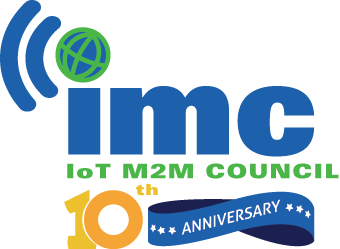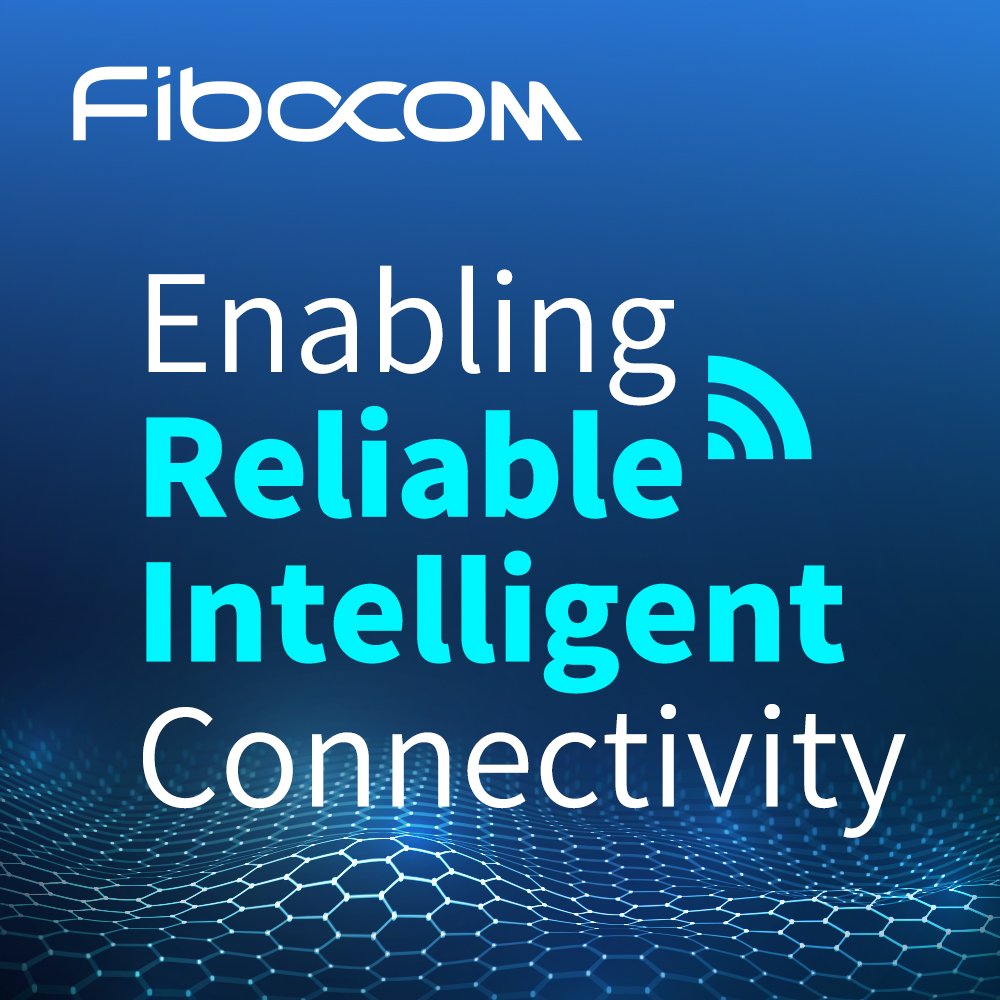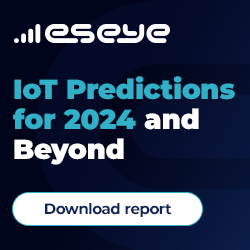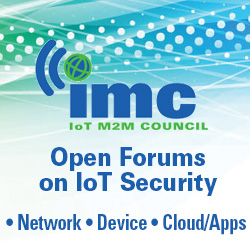IoT to represent 27% of all 5G roaming in four years
- July 12, 2023
- Steve Rogerson
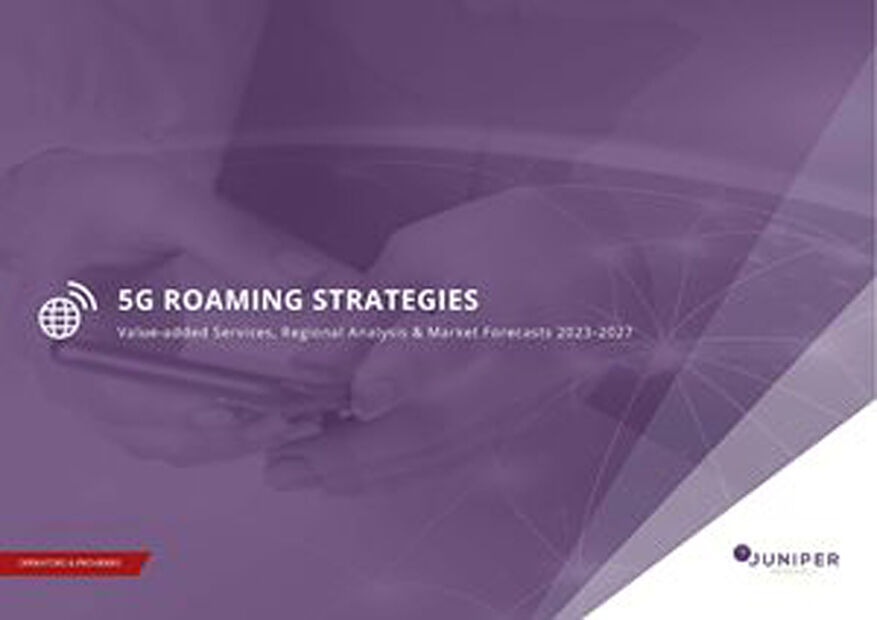
The global number of 5G IoT roaming connections will rise from 15 million in 2023 to 142 million by 2027, according to Juniper Research, which said this would represent over 27% of all 5G roaming connections.
The study predicts this growth will be driven by the acceleration of 5G standalone deployments, with intensifying roll outs in home markets providing increased momentum and a strong value proposition for 5G standalone-specific roaming agreements.
Standalone networks provide greater network functionality over non-standalone 5G networks by leveraging the latest network cores to provide these greater network speeds and latency to 5G IoT roaming connections, improving the value proposition of a roaming model.
The research forecasts that 21% of global 5G IoT roaming connections in 2027 will be found in western Europe, despite only accounting for 5% of the global population. It identified efforts from operators in the region to launch 5G standalone networks as key to incentivising IoT users to implement a roaming business model, thus driving growth of IoT roaming connections.
Report author Elisha Sudlow-Poole said: “To further capitalise on the growth of 5G IoT roaming in west Europe, operators must form roaming agreements that leverage standalone 5G networks to improve network performance for roaming connections, and provide the same level of service when roaming as they do on home networks.”
In addition to 5G standalone-specific roaming agreements, the report urged operators to implement roaming analytics tools that leverage AI to increase roaming revenue, as they let operators efficiently assess the significant amount of roaming data generated by 5G roaming connections in real time.
The report anticipated that key verticals, such as autonomous vehicles, will necessitate these advanced roaming technologies, owing to their data-centric nature. With this, the research emphasised that roaming analytics must be integrated directly into platforms to increase their value proposition to network operators, and enable swifter reconciliation of clearing for stakeholders.
